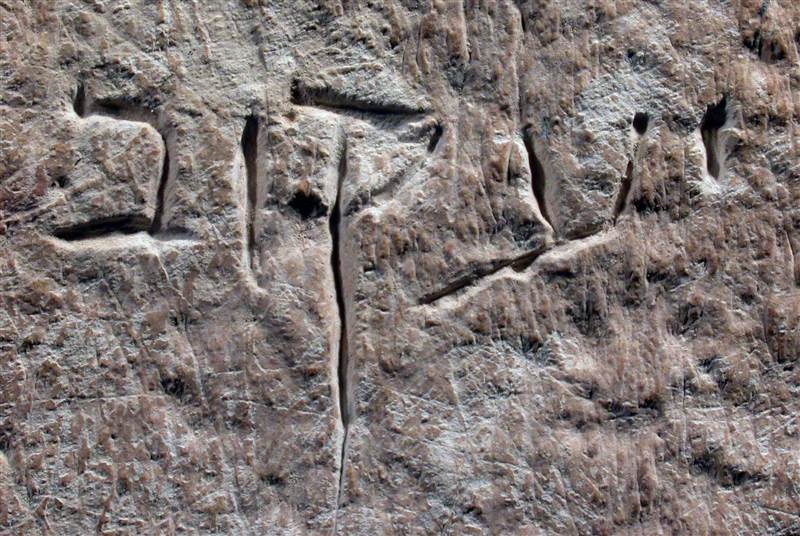World News – A long-running archaeological controversy has been resurrected, thanks to a newly revealed analysis of scrapings from a first-century tomb in East Jerusalem and a bone box attributed to “James, son of Joseph, brother of Jesus.”
 The analysis, described on Easter Sunday in The New York Times and the Jerusalem Post, links the limestone box (also known as an ossuary) to the tomb — which in turn has been linked to Jesus’ family story.
The analysis, described on Easter Sunday in The New York Times and the Jerusalem Post, links the limestone box (also known as an ossuary) to the tomb — which in turn has been linked to Jesus’ family story.
Both the box and the tomb have previously created media sensations: In 2004, Israeli authorities charged antiquities dealer Oded Golan with forging the “Jesus inscription” on the bone box, but the dealer was acquitted in 2012 after drawn-out legal proceedings. Meanwhile, in 2007, a TV documentary titled “The Lost Tomb of Jesus” claimed that the tomb could have been the burial spot for Jesus and his family, based on a statistical analysis of the genealogical relationships between the names listed in the inscriptions.
The latest study, conducted by Israeli geologist Aryeh Shimron, found the same chemical signature in soil from the tomb and in scrapings from the box with the Jesus inscription. That led him to conclude that the box came from the tomb, known as the Talpiot Tomb or the Jesus Family Tomb.
Shimron’s findings gave a boost to those who claim a linkage between the artifacts and the historical Jesus. “This find illustrates that the James ossuary is authentic and the Jesus Family Tomb indeed belongs to the family of Jesus Christ,” Simcha Jacobovici, director of “The Lost Tomb of Jesus,” told the Jerusalem Post. However, Golan told the Times that the findings were “not enough to determine anything conclusively.” The research has not yet been published in a peer-reviewed journal.
By Alan Boyle, NBCNews.com
